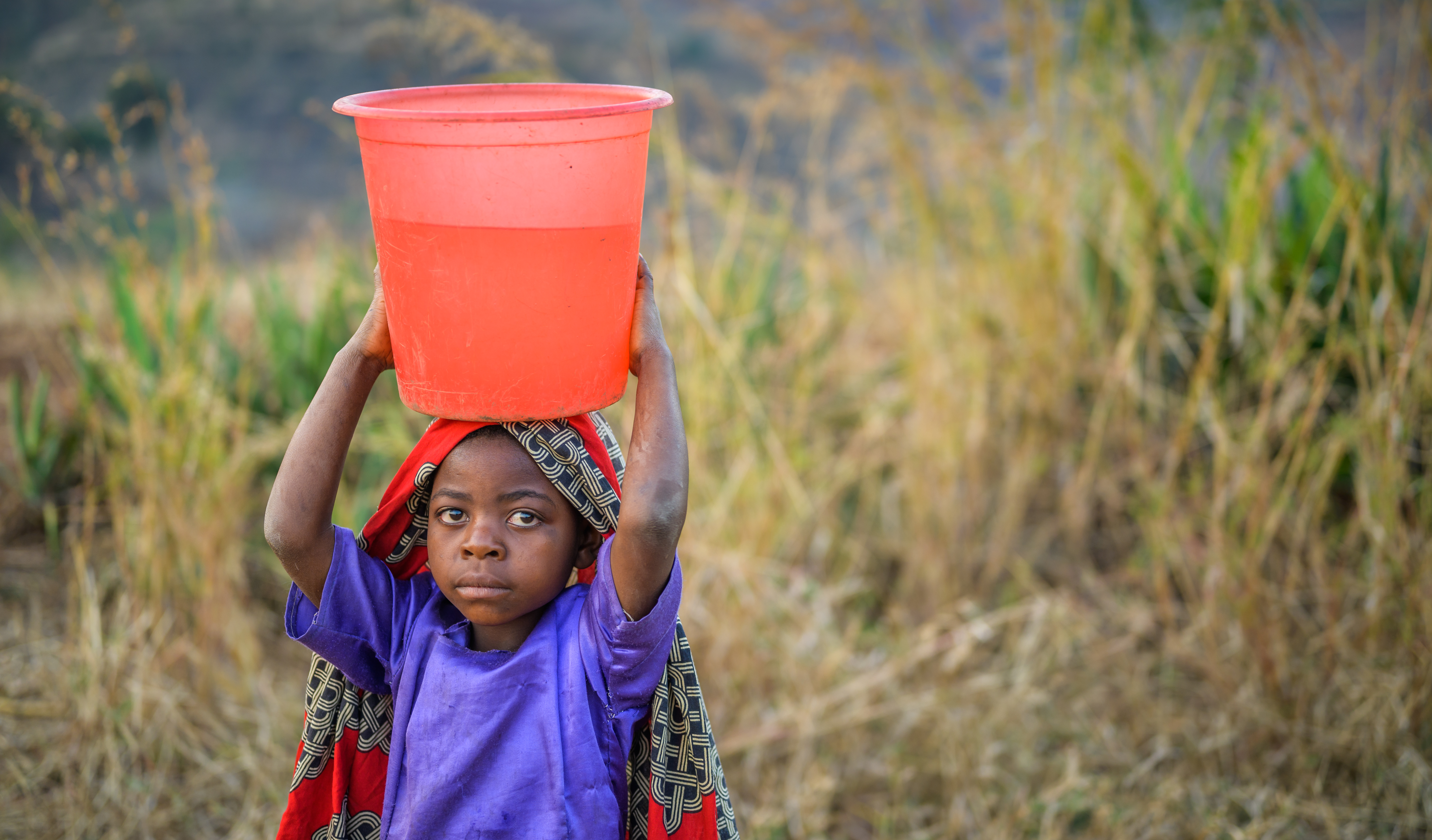
Community-led
We guide African communities to identify and set their own goals, and we equip them to plan and achieve long-term, tailored solutions, whether it’s clean water, teachers or health care.


We dig into the history, the nature and the effect of child poverty in Africa
Child poverty describes when a child is raised with little or no access to the essential resources they need to survive and live well. Children who've grown up in poverty often suffer compared to others because of the lack of food, sanitation, healthcare and education they need to thrive.
Poverty is caused by a variety of sources - from day-to-day difficulties like low paying jobs or lack of education, to unpredictable and life-changing events like the outbreak of civil war or climate change-caused droughts or hurricanes.
Despite progress in many areas, poverty is still rife in Africa, particularly in Sub-Saharan Africa.
The overall poverty rate in the region actually decreased from 56% in 1990 to 40% in 2018. However, the total number of people, including children, living in poverty still rose. In comparison to other areas like East Asia and South Asia, the poverty rate in Sub-Saharan Africa has not fallen fast enough to keep up with population growth in the region and 433 million Africans are estimated to live in extreme poverty in 2018, rising from 284 in 1990, according to a World Bank report.
The greatest tragedy of poverty is that it quickly becomes a cycle that is hard to break. Parents who have just enough food and water to care for their children may not have the resources to buy extra seeds to diversify their crops - meaning that if the existing crop fails due to drought, they cannot provide. Children who have to work rather than attend school have less opportunity to access better paying jobs in the future. Families with little money saved are even worse off if they have to flee from a conflict than those with a certain amount saved up.
Poverty can trap children. But the cycle can be broken.
World Vision has empowered thousands of women from vulnerable households in Kenya to practice climate-smart agriculture, new technologies and good practice to help support family incomes, food security, and resilience.
World Vision UK has been working to help tackle the root causes of child poverty in Africa since the early 1980s, working with individual communities to address their unique challenges together. This work is made possible by people like you who choose to support a child and their community.
Child Sponsorship gives you the chance to protect and empower the most vulnerable children in Africa and make sure their community becomes thriving and self-sufficient.
We work together with communities to tackle the root causes of poverty. We talk with local leaders and families to understand their struggles and the areas where they most need support - like access to reliable, clean sources of water, training on agricultural practices, microloans to get businesses off the ground, or resources to help children receive education to transform their futures.
Then we create and implement a plan to transform the community into a safe place, where children are cared for and protected, long into the future. This maximises the impact of your sponsorship – empowering communities to break free from poverty and become self-sustaining.